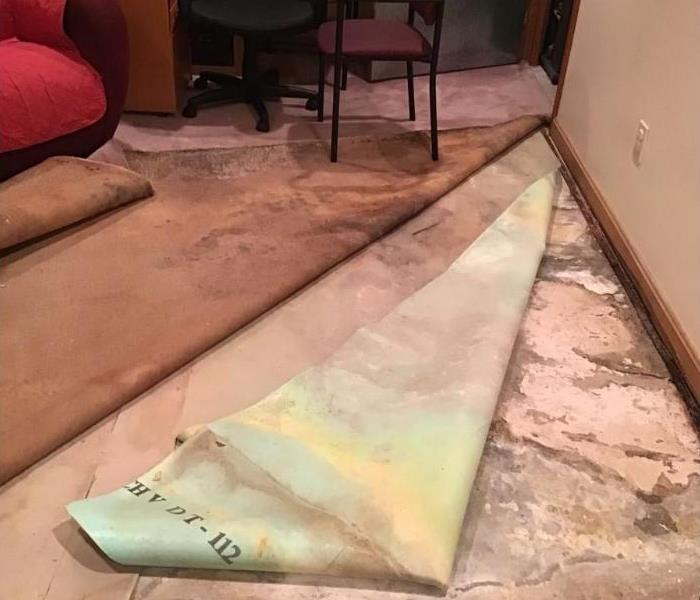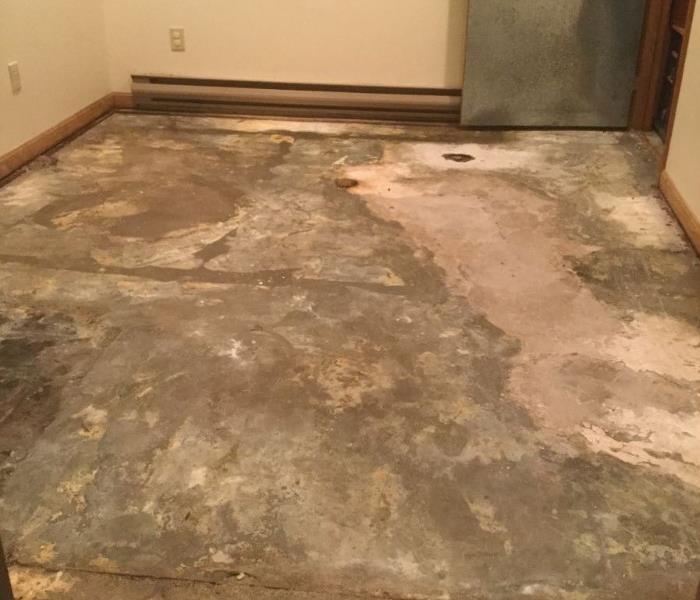
Water Damage Emergency Tips
What you can do until help arrives
Water Tips | Fire Tips | Biohazard Tips | Mold Tips
As Massachusetts residents, we are all too familiar with the erratic nature of New England weather. Snow storms and freezing temperatures one day, rising temperatures and rain the next. There are some preventative measures that you can take to avoid storm flooding.
- During Winter: Remove snow from around your home: snow accumulation near your foundation, windows, and doors can leak into your home once it starts to melt. Shovel any decks, driveways or patios that slope towards your home.
- Check your roof and gutters: Be sure that your gutters are clear so that water will have a path away from your home. If possible, attach a sloped leader to your downspout that leads run-off at least 10ft from your home. After a snowstorm, consider hiring a professional to remove the snow from your roof so that water run-off is at a minimum once temperatures rise.
- Test your sump pump: if water does get into your basement, you want to be sure it is taken care of quickly. Test your sump pump and your sump pump discharge pipe to ensure it's in working order.
- Clear drainage areas: storm drains and catch basins can often get clogged with storm debris — if you can do so safely, clearing these areas can help keep water away from your home.
If you do suffer water damage as a result of melting snow, call us. We're here to help!
Have A Water Damage Emergency? Call (978) 777-3498
What To Do After Flooding
- Remove excess water by mopping and blotting.
- Wipe excess water from wood furniture after removal of lamps and tabletop items.
- Remove and prop wet upholstery and cushions.
- Place aluminum foil or wood blocks between furniture legs and wet carpeting.
- Turn air conditioning on for maximum drying in summer.
- Remove colored rugs from wet carpeting.
- Remove art objects to a safe, dry place.
- Gather loose items from floors.
What NOT To Do After Flooding
- Don't leave wet fabrics in place. Hang furs and leather goods.
- Don't leave books, magazines or other colored items on wet carpet or floors.
- Don't use your household vacuum to remove water.
- Don't use television or other household appliances.
- Don't turn on ceiling fixtures if ceiling is wet, and keep out of rooms where ceilings are sagging.






 24/7 Emergency Service
24/7 Emergency Service




